Most visitors to Venice notice the house numbers of the city. It is not unusual to see numbers in the thousands even on minor alleyways.
The highest house number in Venice is 6828, which is a primary school in Fondamenta Dandolo, close to Campo SS Giovanni e Paolo.
It is not a very complicated system. Since the earliest times, Venice has been divided in six sestiere, called like that exactly because there are six of them. The numbering starts with number 1 in one end of the sestiere and then winds its ways through until it reaches the highest number in the opposite end.
The street name is not a part of an address in Venice. You can send a letter to Castello 3456, and it will arrive without writing the street name. On the other hand, if you write only the street name and the number, the letter might not arrive at all as the mail man wouldn’t know which sestiere it’s in.
The largest sestiere is Castello and the next-largest is Cannaregio.
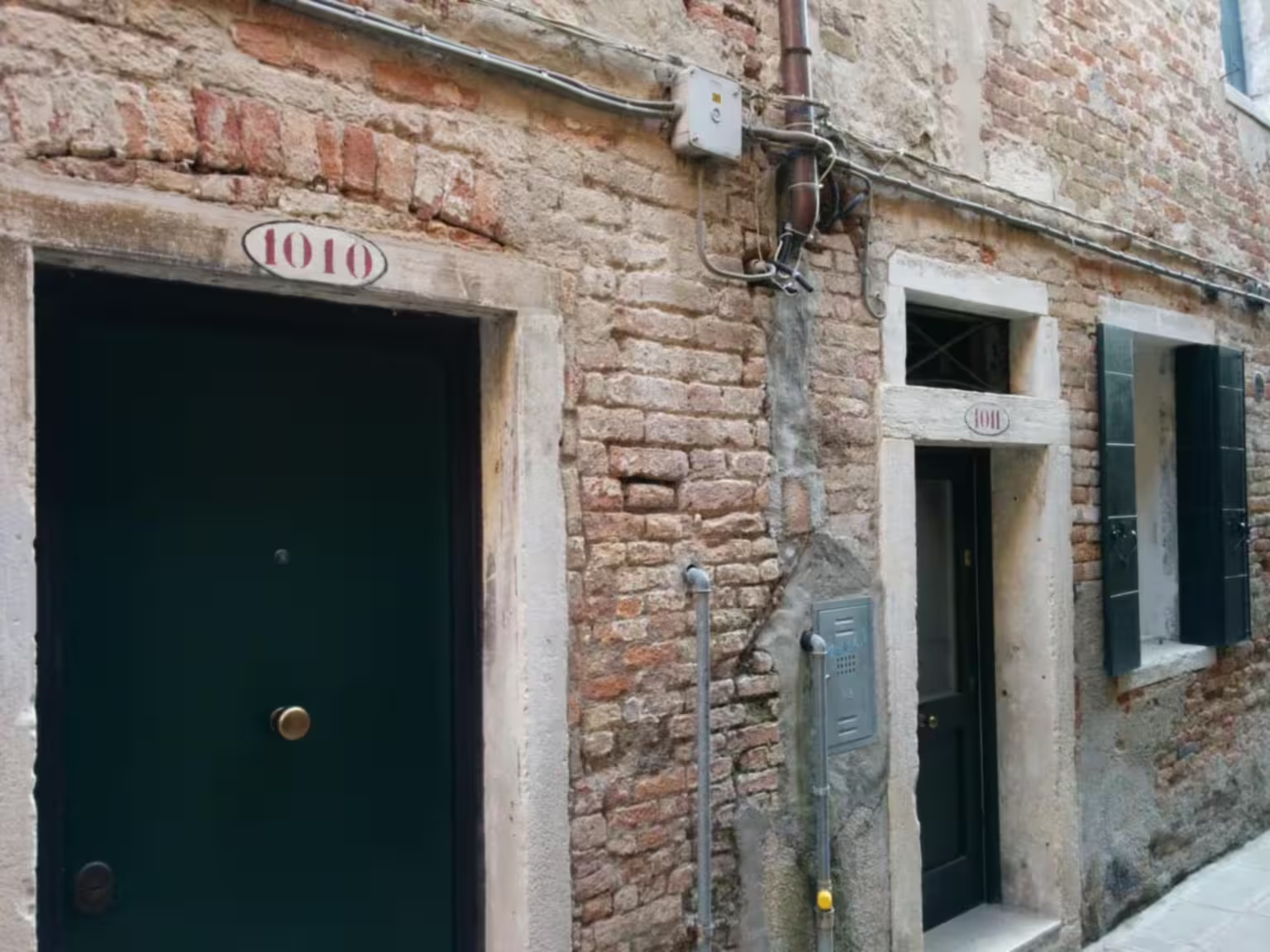
Who did it?
In the times of the Venetian Republic, there were no house numbers.
The Venetian Republic ceased to be in 1797 with the arrival of Napoleon Bonaparte, and Venice spent more than half of the 1800s as a province or a colony of the Austrian-Hungarian empire.
The Austrians introduced the numbering system in Venice, almost immediately, in 1801.
It was not a novelty. The Austrians had used the same system in Milan, which was also under the control of the Austrian-Hungarian empire, since 1787.
Why house numbers?
What’s the purpose of house numbers? Why did the Austrians need them when the Venetians didn’t?
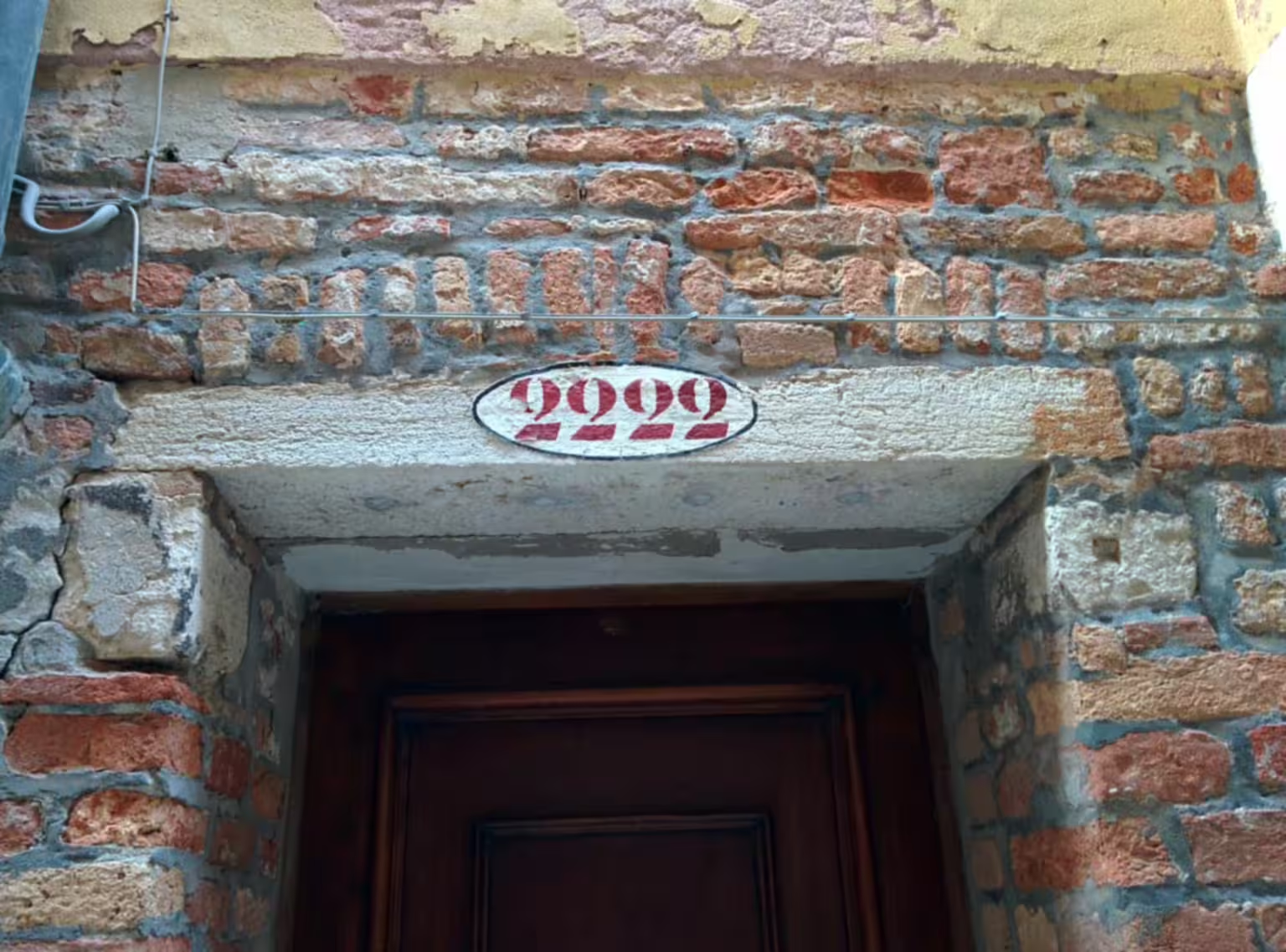
The answers to those questions are two: mail services and taxes.
As mail services became more organised and more widely used in the 1800s, the importance of have a simple unique address became important, and house numbers solve that problem.
It is far easier to find a Castello 6219, than the yellow house on the right, halfway down the alleyway where the wigmakers are, close to the Ospedaletto church.
While mail services might be useful, it is more likely that taxes were the driving force behind the introduction of house numbers in Venice.
The Venetian Republic did not levy taxes on real estate. The vast majority of the state’s finances came from trade duties, on import and export of goods. This made good sense in the context of the Venetian Republic. Venice was an important commercial hub, so there were plenty of taxable activities. Also, the ruling class, the aristocracy, owned lots of real estate. Why tax themselves if there were alternatives?
With no taxes on real estate, the state had little use of house numbers.
The Austrians, on the other hand, were external rulers. The people taking the decisions were unlikely to own many houses in the city. They had a far larger interest in levying taxes on real estate.
To accomplish that, they need a registry of property and who owns it. House numbers are very useful for that.
As always, only two things are unavoidable in life: death and taxes.
Oddities of Venetian house numbers
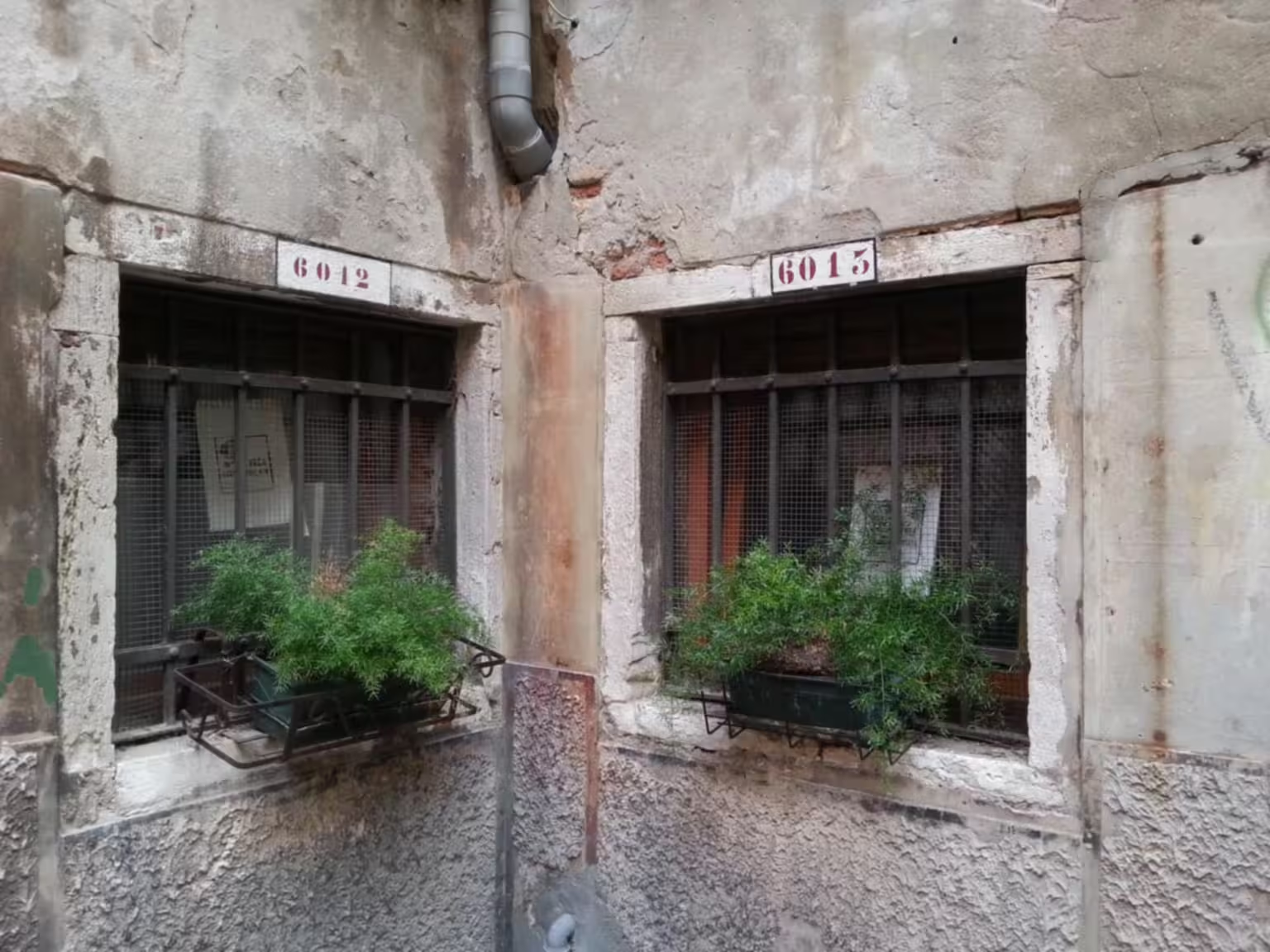
In Venice, house numbers are never cancelled. If a door is bricked up, or reduced to a window, the house number remains. It is therefore not unusual to see a house number on a wall or on a window.
The opposite problem of adding new doors leads to house numbers with letters appended. This is not unusual. Many old palaces are split into flats with separate stairways.

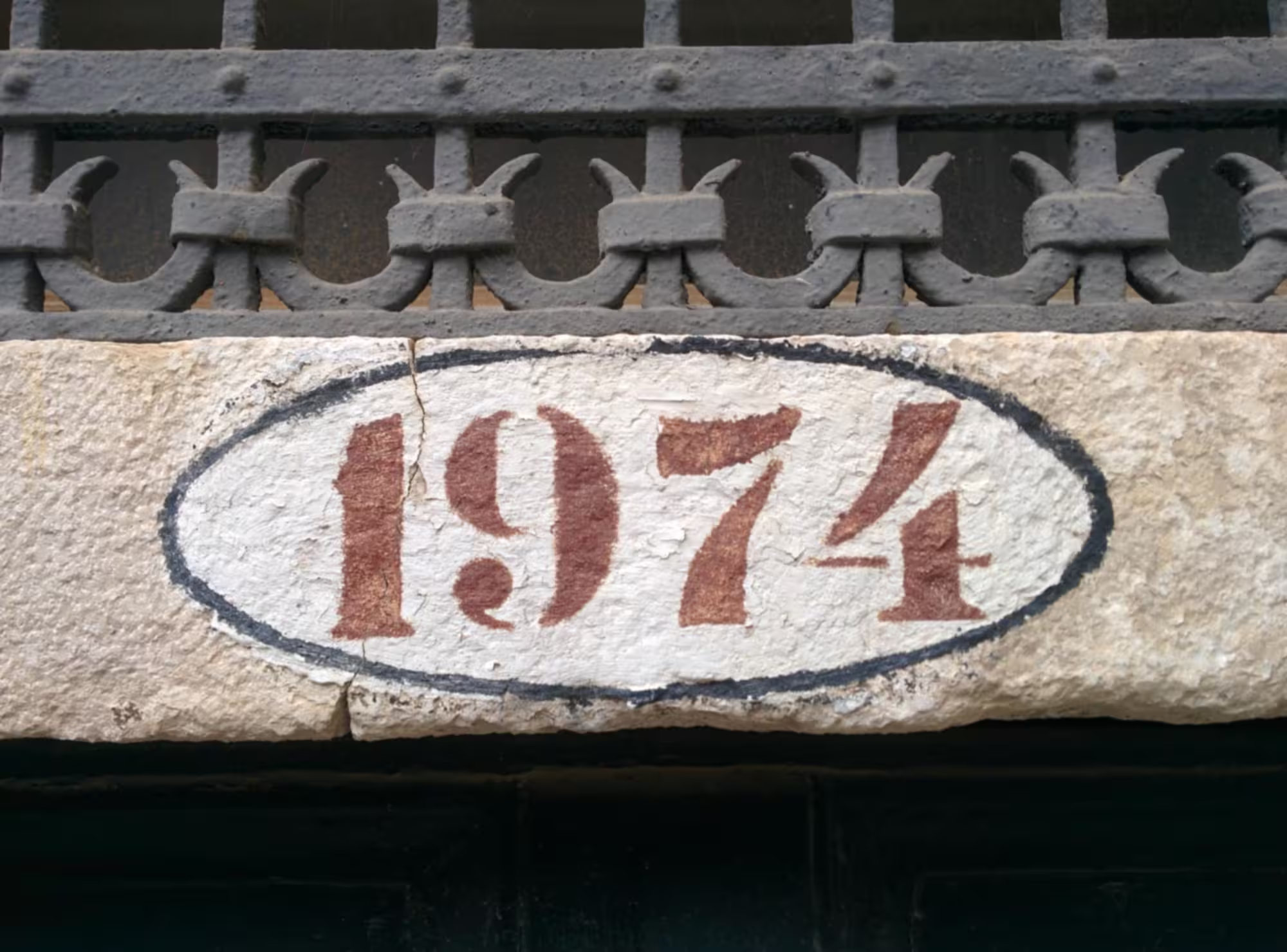
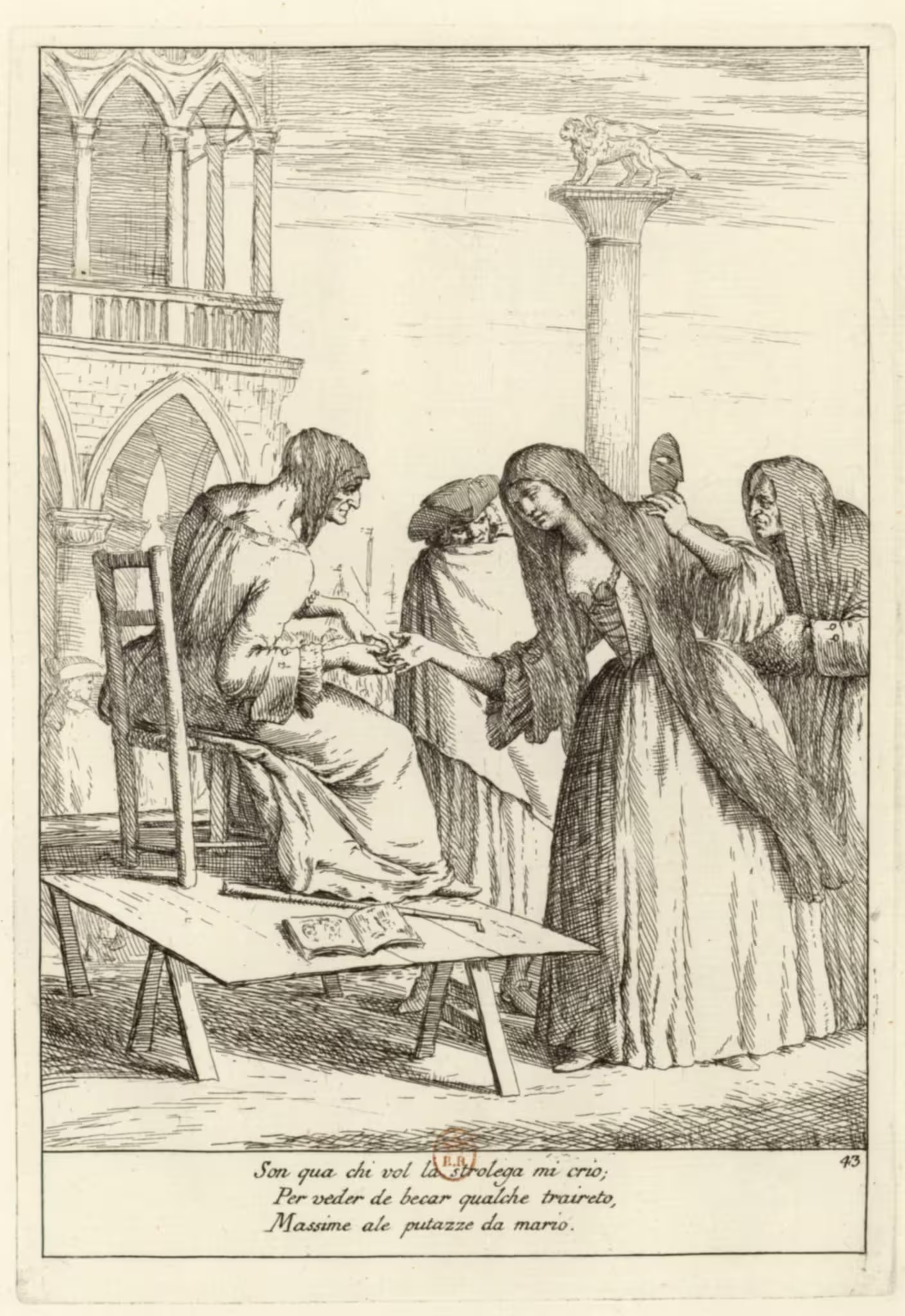
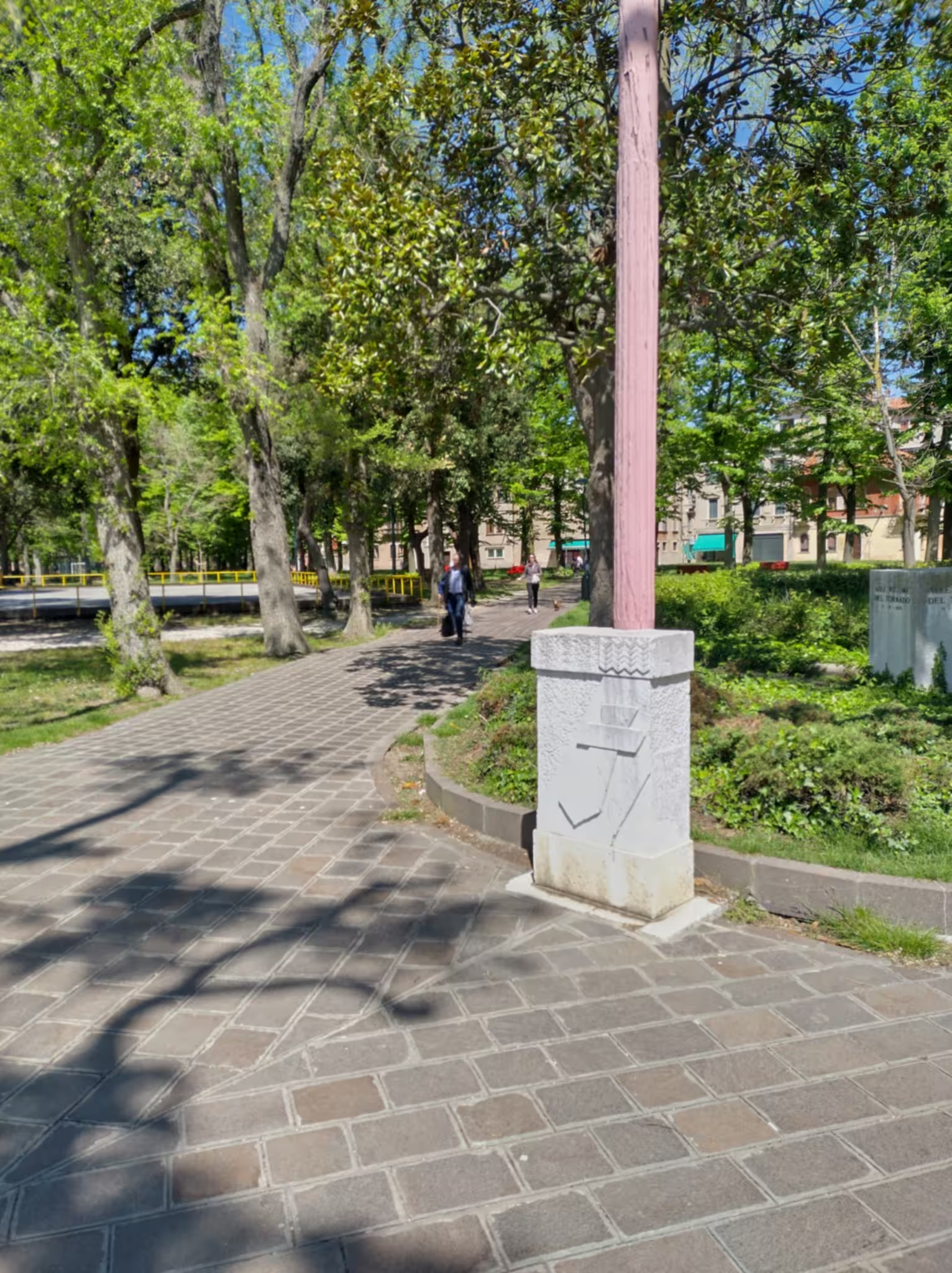
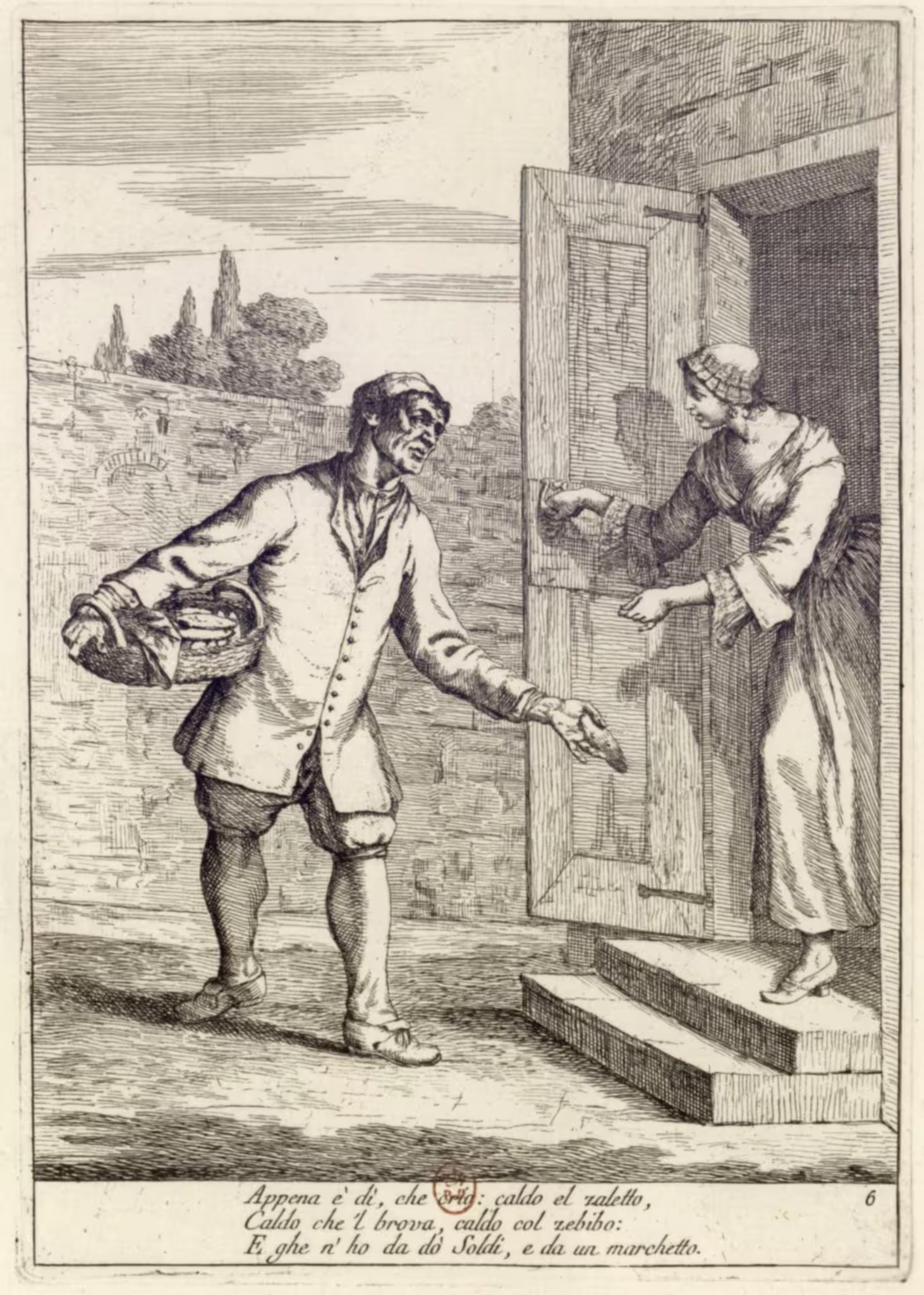
Leave a Reply